When it comes to
gender, Alex Polanco is not easily pegged. Some days he
wakes up in the morning and feels male, pulling on jeans and
a T-shirt and leaving it at that. Other times he wears
makeup and one of the wigs he keeps in tidily packed
boxes in his bedroom closet.
"I don't want to call it a split
personality--but sometimes I feel like a girl.
So I put on the costume, what feels comfortable," says
the 18-year-old Chicagoan, who refers to himself as "tranny
boy." The term is deliberately ambiguous, reflecting
the gray area in which Polanco exists, where gender is
blurred and he feels no obligation to choose female
over male--or vice versa.
He often switches back and forth around friends
he trusts or in urban neighborhoods where he feels
free to express himself. "I'm not trying to be
permanently that person," says Polanco, a tall, lanky teen
who recently moved to northern Wisconsin with a friend
to attend community college. "I just like the
opportunity to be a man or a woman, if I want."
The concept of gender-bending is, of course, not
a new phenomenon. Nineteenth-century author George
Sand was famous for smoking cigars and wearing
pants, while "female impersonators" worked their way
from underground clubs in decades past to more prominent
billing on the Las Vegas strip. More recently, against
a backdrop of increasing equality in the workplace,
youth and pop icons have been slowly pushing the limits
on gender roles--from the long-haired rock bands of
the '60s to David Bowie's androgynous look and
Madonna's celebration of drag in the '80s and '90s.
Now macho men get makeovers on mainstream TV,
and one of the most popular TV talk show hosts is a
lesbian comic who feels comfortable in slacks and
sneakers. And academics who specialize in gender and pop
culture say today's youth are continuing to test the
boundaries of gender--challenging societal
standards in the process.
"I think the fluidity of gender is the next big
wave in terms of adolescent development," says Caitlin
Ryan, a clinical social worker at San Francisco State
University who's conducting a long-term sexual
orientation and gender survey of youth and their families.
"Gender has become part of the defining way that youth
organize themselves and rebel against adults."
While researchers
have yet to quantify the trend, Ryan says that in the
last five years she's seen more young people coming out as
transsexual--those who believe they are one gender
trapped in the body of the other. She and others in
her field also are seeing a noticeable number of young
people who are taking it further by purposely evading
gender definition.
They are "gender-fluid," expressing androgyny
with wardrobe, hairstyle, or makeup--sometimes
going as far as calling themselves a "boi" or a
"grrl." For his part, Polanco calls his gender-bending
friends "bro-sis," a combination of "brother" and "sister."
To some youth, playing with gender identity and
roles is as much about fun and self-expression as
anything. "There's a kind of tongue-in-cheek aspect to
it," Ryan says, "as well as a celebration of oneself."
But often it cuts deeper, even for some young
transsexuals who've chosen to move from one gender to
the other. "At the very basic level, it's about
telling society that we're not going to adhere to your
rules. At some level, it is very political and
anti-mainstream society. And on a different
level, it's also very personal--trying to figure
yourself out," says T.J. Jourian, a 24-year-old
graduate student at Michigan State University who
specifically calls himself a "transmale"--not
just male--because he doesn't want people to place his
gender into a simple box.
Born a female, Jourian does not always hide his
high-pitched voice or mannerisms that many would
consider more feminine. "Although I identify as a man,
I have been socialized in this world as a female, and
that experience plays a huge part in shaping my masculinity,
my politics, and my perspective in society," Jourian says.
Andy Marra, the 20-year-old head of the board of
directors for the National Center for Transgender
Equality, agrees. "People assume that gender is cut
and dried--and it's not," says Marra, who describes
her "gender identity" as female and "biological
gender" as male. "But what about a gay male who's
effeminate--or for that matter, a straight male
who's effeminate or straight woman who's butch?"
Several scientists, including Craig Kinsley, met
this summer at the annual International Behavioral
Development Symposium in Minot, N.D., to discuss the
biology of gender. "It so complex, so unfathomable in
some respects, that it is no wonder our politicians find
comfort in defining a world that is populated by only
'men' and 'women,"' says Kinsley, a neuroscientist at
the University of Richmond, Va. "But trying to define
males and females as just males and females really just
misses the point."
He says there is "clear and incontrovertible"
evidence that biology--genes, hormones, and the
brain--is a major factor in creating a wide
range of gender identities and sexual orientations.
That makes perfect sense to Polanco, who figured
out that he was gay by age 16 but also realized
something was different about his gender. He vividly
remembers the first time he dressed as a woman as a younger
teenager--when he donned a short skirt and tube top
with a fur vest, carefully pulled on fishnet stockings
with platform heels, and glued extensions into his own
dark, curly hair. "Wow," he remembers saying as he
stared at himself in the mirror for several minutes. "I
couldn't believe how good I looked."
He now keeps a photo album of shots taken of
himself both as a woman and a man. Included in it is a
a boyhood photograph taken with his mother, who died
of AIDS when he was 14. "We were like best friends," he
says, his dark eyes staring at hers in the photo. "She had
long, shoulder-length hair. I look a lot like her."
His mother did not live long enough to learn
about her son's sexual orientation or to know that he
did not always feel like a boy. He has since told the
grandmother who raised him that he is gay but hasn't
shared his gender issues with her out of fear she won't understand.
Ryan says that's a common struggle for families
she's interviewed. "The ones who are having a hard
time are seeing only the gender rules and norms and
how their kids are violating that," Ryan says. "So
they're reacting out of shame--'What will the
neighbors think?"'
Still, that hasn't stopped young people from
experimenting. Elayne Rapping, a professor of American
studies at the University of Buffalo, N.Y., is among
those who've seen more students playing with gender
roles--something she says her own peers in the '60s
and '70s did with sexual orientation. "A lot of people
went back to straight lives. But that doesn't mean
that it didn't open doors for a lot of people to come
out and stay out," says Rapping, author of Media-tion:
Forays into the Culture and Gender Wars.
She believes this more recent experimentation
also will influence acceptance in a society where
gender identities are already blurring--where
the term metrosexual has become a source of pride
for straight guys with a sense of style and where tough,
independent female characters regularly appear in
movies and on TV. Robert Thompson, a professor at
Syracuse University in NewYork who studies pop
culture, has already noted the shift. "A full generation
after the major reorientation of American gender
roles, we are now seeing the fruits of these changes,"
Thompson says.
Through it all, Polanco proceeds carefully.
Since moving to Menasha, Wis., just south of Green
Bay, he has left his apartment dressed as a woman late
at night while walking his terrier, Clide, but would never
be so daring at the fast-food restaurant where he
works. "No way," he says. "Not here." He's more likely
to let his hair down, literally, in Chicago, where he
attends a monthly dance called Synergy, a gathering
for high school and young college students who are free to
express their gender however they like.
At one dance this summer, Polanco came as his
male self, putting on a show on the dance floor with
his friends amid clouds from a fog machine, pulsing
music, and hundreds of sweaty bodies. Outside the building,
Laura Dziewior, a 17-year-old senior at a Catholic
high school in Chicago, took a smoke break and
pondered the question of gender. "It's pretty simple,"
she said, shrugging. "You are what you feel." (Martha
Irvine, AP)










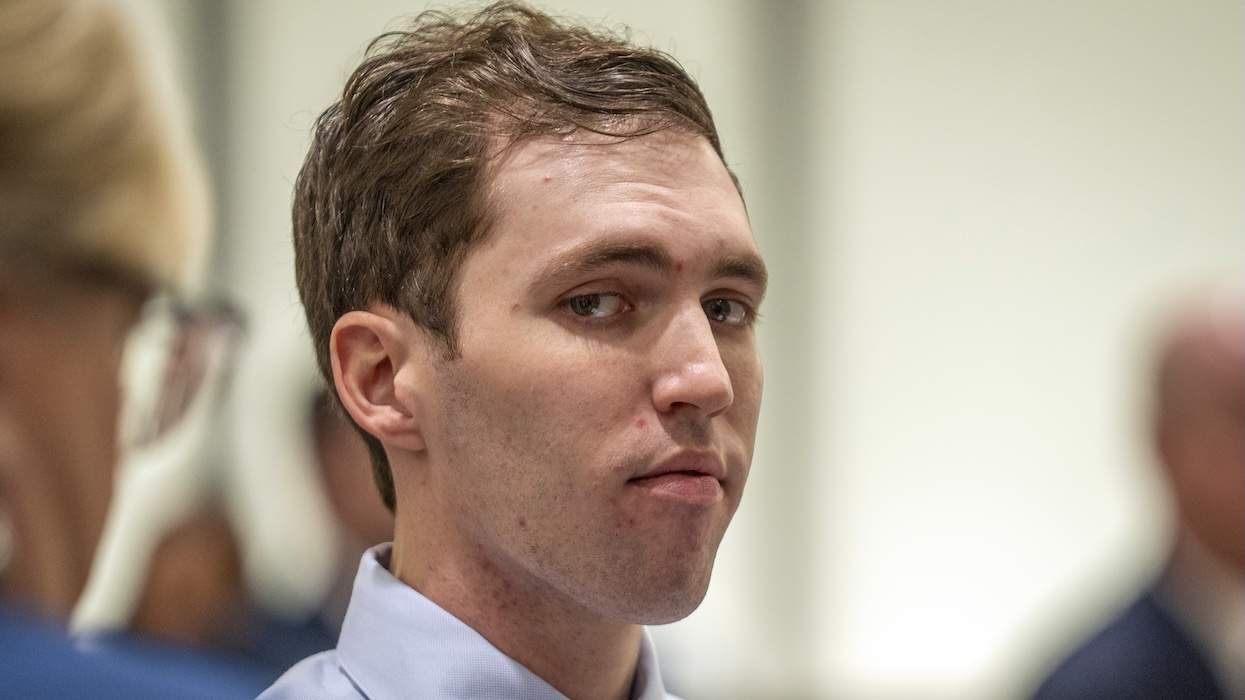


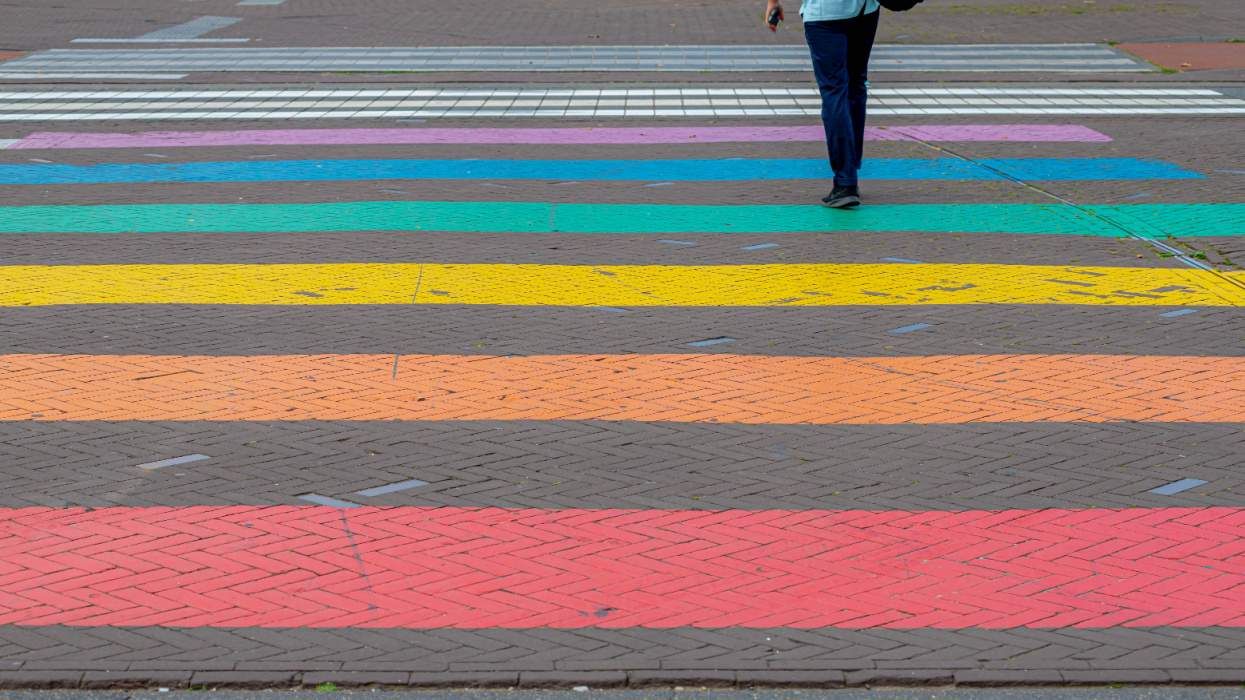


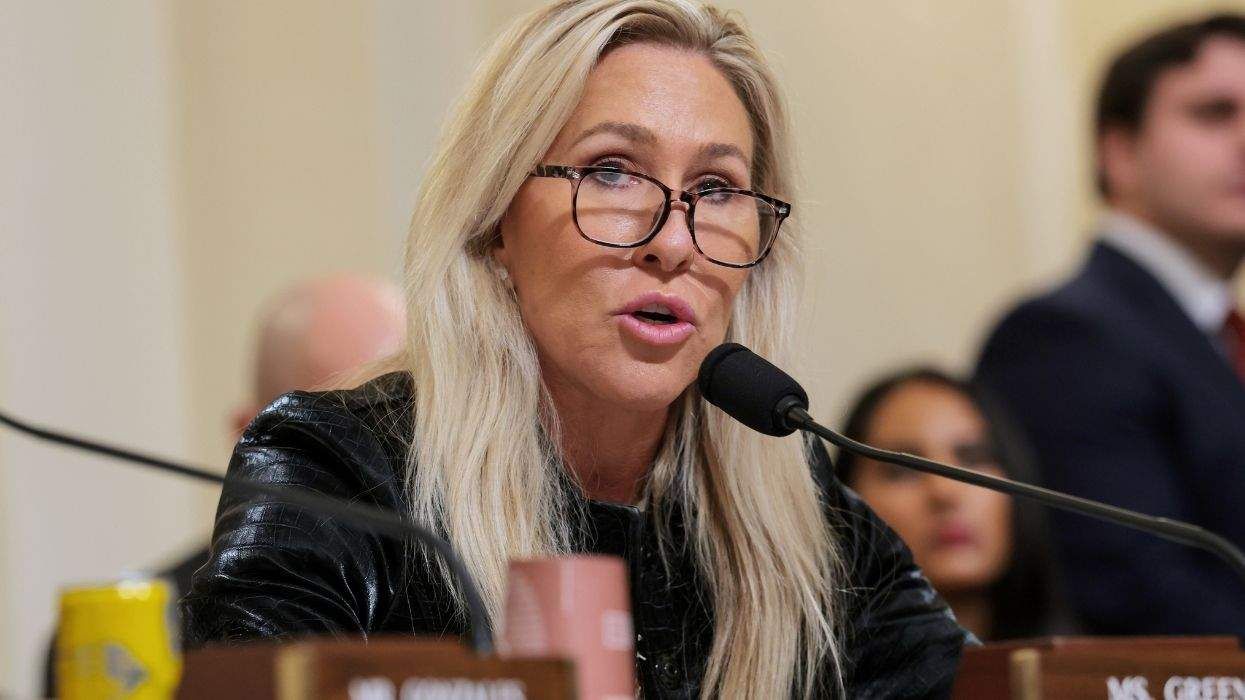

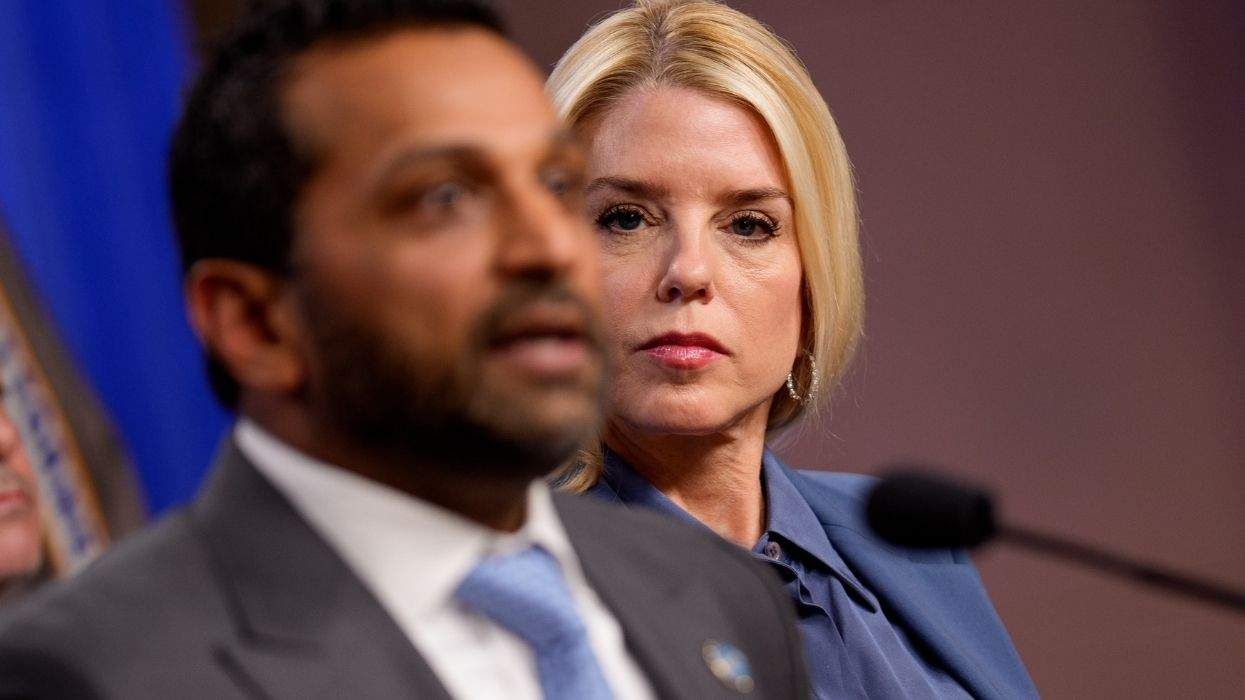

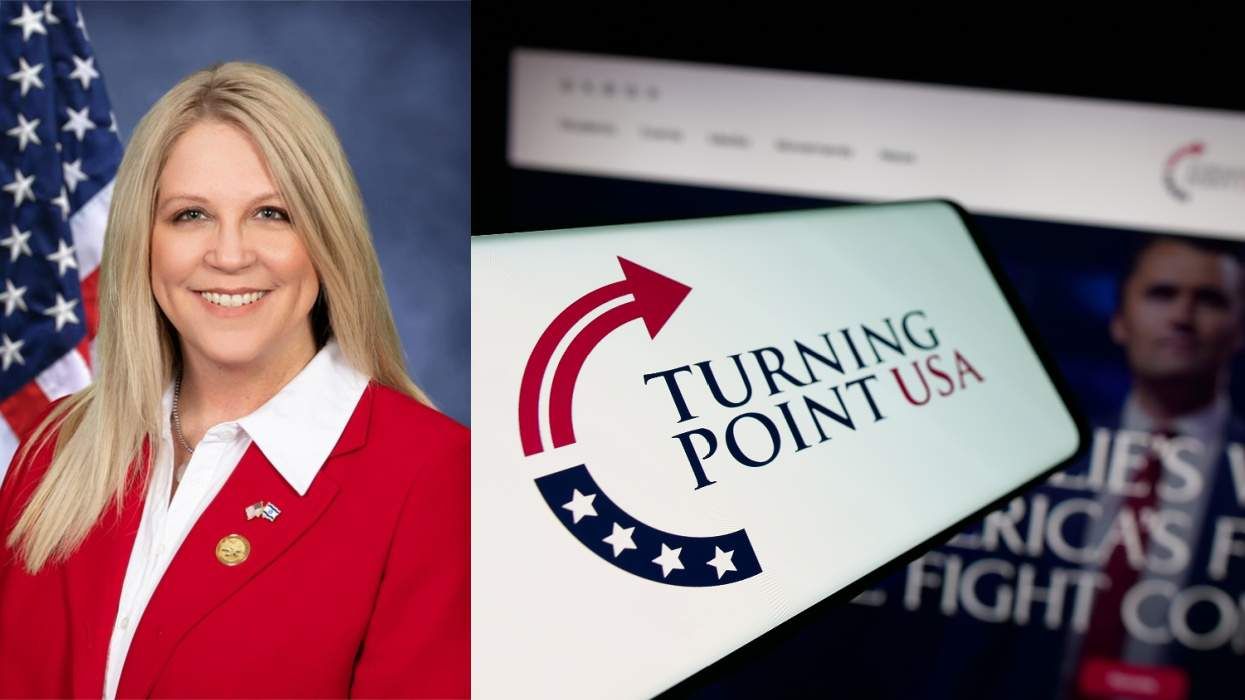

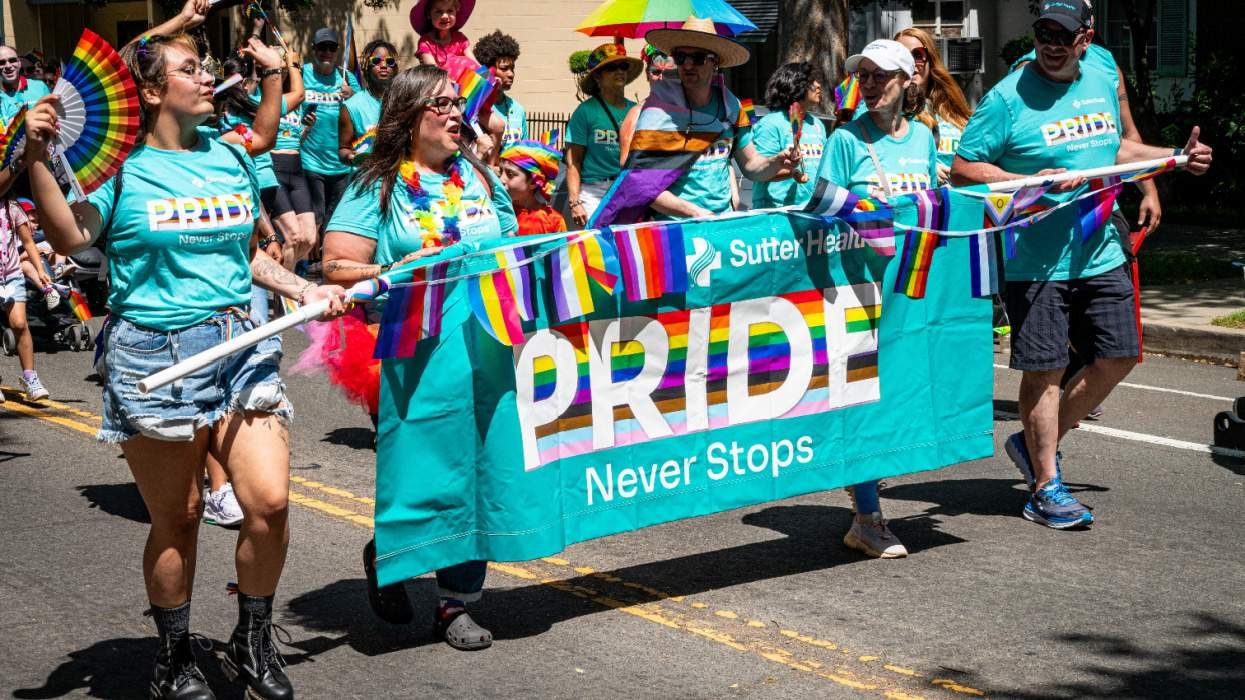
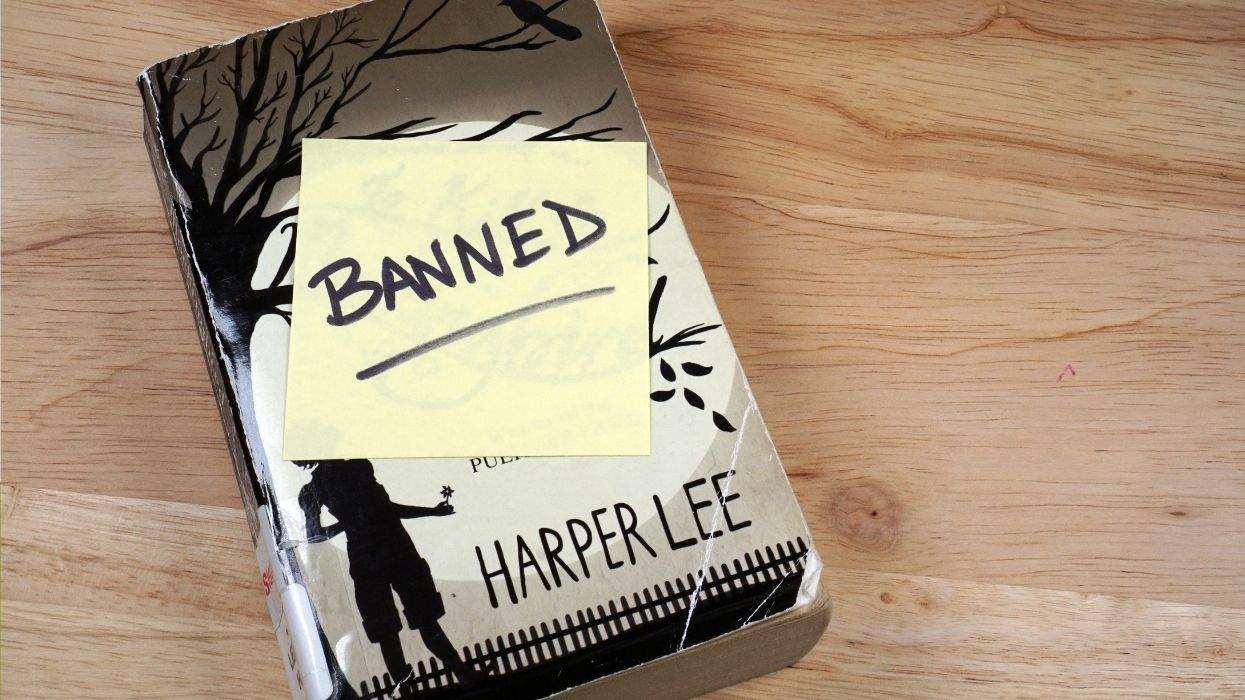

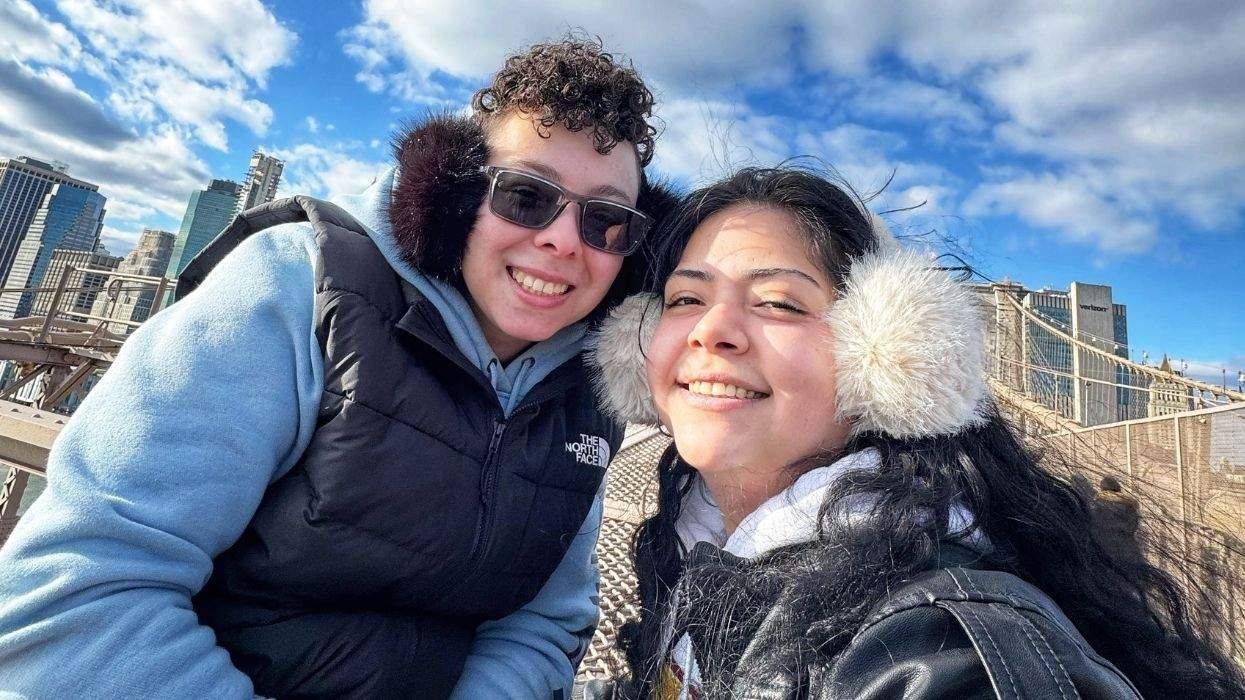
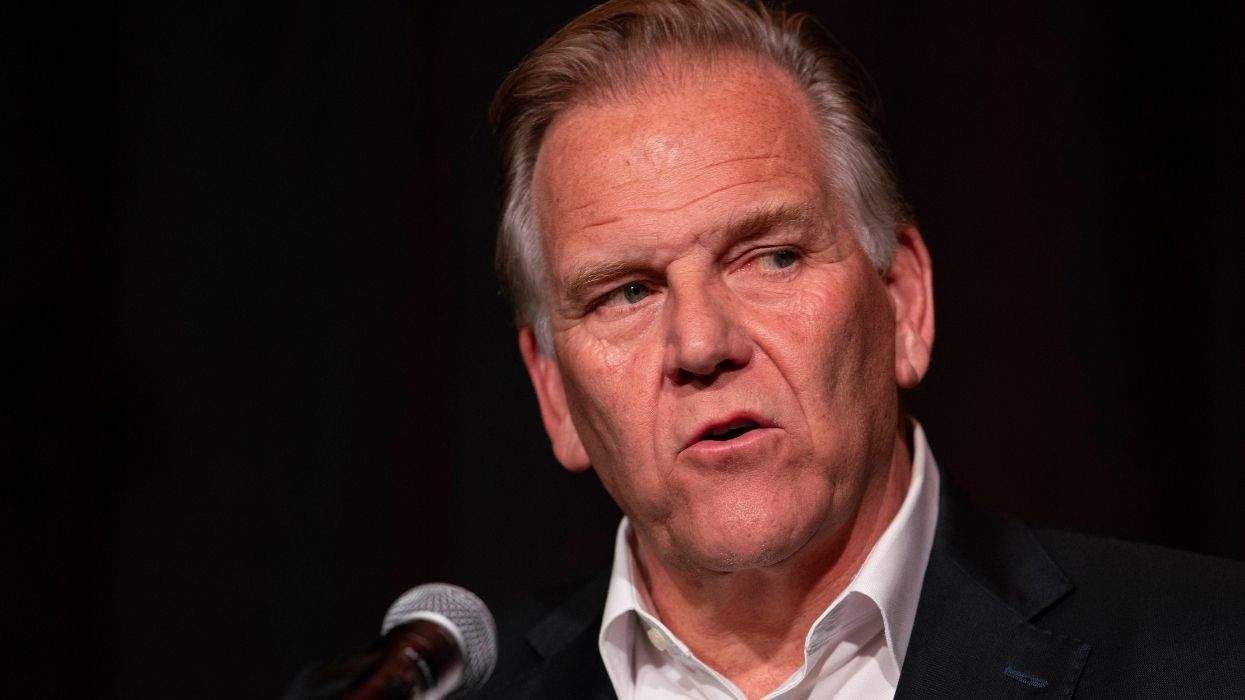


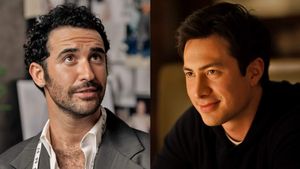
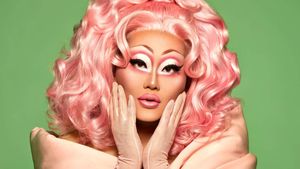




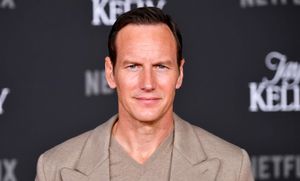



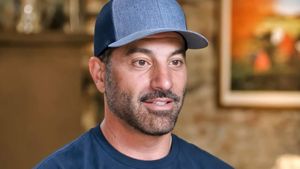












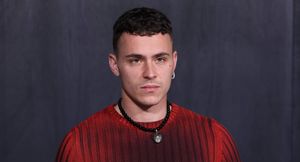












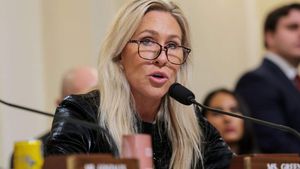


Charlie Kirk DID say stoning gay people was the 'perfect law' — and these other heinous quotes